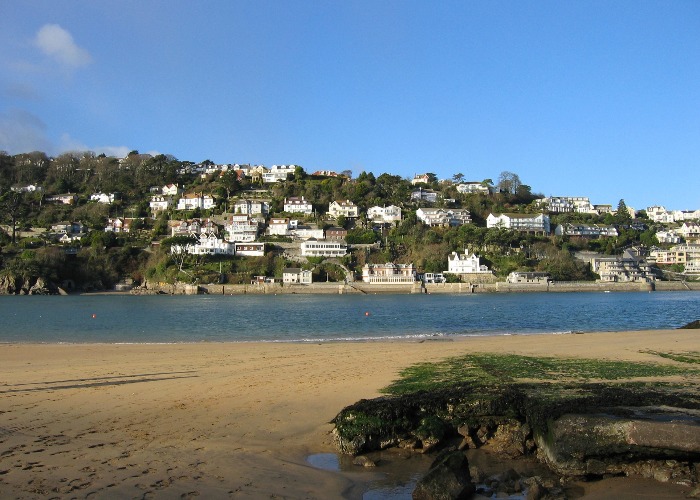South dominates Britain's seaside property hotspots

House prices in seaside towns have risen by a third in the past decade, with Salcombe taking the top spot.
Salcombe is the most expensive seaside town in Britain with property averaging £672,874, according to Halifax.
New research shows that house prices in seaside towns have shot up by a third in the past decade. That means an average price rise of £49,207 (£410 a month) from £159,522 to £208,729.
North-south divide
As you’d expect, there’s a clear north-south divide, with all 10 of the most expensive towns based in southern England and seven in the south west.
Salcombe, Devon (£672,874) and Sandbanks, Dorset (£614,726) lead the way in the price tables. Outside the south west, the most expensive town is Aldeburgh on the Suffolk coast (£413,393).
Here are the 10 most expensive seaside locations right now.
|
Seaside Town |
Region |
Average House Price 2015 |
|
Salcombe |
South West |
£672,874 |
|
Sandsbank |
South West |
£614,726 |
|
Aldeburgh |
East Anglia |
£413,393 |
|
Lymington |
South East |
£404,781 |
|
Dartmouth |
South West |
£403,767 |
|
Padstow |
South West |
£387,109 |
|
Lyme Regis |
South West |
£343,604 |
|
Budleigh Salterton |
South West |
£342,442 |
|
Bigbury on Sea |
South West |
£333,626 |
|
East Wittering |
South East |
£330,146 |
|
All seaside towns in Britain average |
|
£208,729 |
Source: Land Registry
House prices have continued to rise in several seaside towns over the past year. Newtonhill (Aberdeenshire) and Shoreham by Sea recorded the largest annual price growth at 20%, four times the average for all seaside towns. The next biggest were: Sandwich, Kent (18%); Watchet, Somerset (18%); Seaton, Devon (17%); and Dalgety Bay, Fife (16%).
Largest rises north of the border
The largest seaside house price rises of the last 10 years were all recorded in Scotland. Fraserburgh (Aberdeenshire) has seen a whopping 109% increase from £63,540 in 2005 to £132,920 in 2015.
Lerwick in the Shetlands and Peterhead in Aberdeenshire showed the next largest growth at 102%. The price rises, particularly in Aberdeenshire, could be down to a boost in the local economy from the oil industry over the last decade.
Despite such significant growth, the Scottish towns make up eight out of 10 of the least expensive seaside towns in the UK, as shown below.
Port Bannatyne on the Isle of Bute is the least expensive, with an average property price of £73,539, almost £600,000 lower than Salcombe.
|
Seaside Town |
Region |
Average House Price 2014/2015 |
|
Port Bannatyne |
Scotland |
£73,539 |
|
Newbiggin by the Sea |
North |
£81,339 |
|
Campbeltown |
Scotland |
£85,659 |
|
Thurso |
Scotland |
£88,500 |
|
Girvan |
Scotland |
£89,064 |
|
Wick |
Scotland |
£90,124 |
|
Saltcoats |
Scotland |
£90,583 |
|
Stranraer |
Scotland |
£90,590 |
|
Withernsea |
Yorkshire and the Humber |
£92,868 |
|
Irvine |
Scotland |
£93,736 |
|
All seaside towns in Britain average |
|
£208,729 |
Source: Land Registry
Outside northern Britain, the least expensive seaside towns are Lowestoft with an average property value of £153,025, followed by Great Yarmouth (£159,965) and Margate (£164,995).
Get a free, no obligation mortgage quote with loveMONEY
More on property:
How to buy property at auction
Rightmove: post-election certainty will boost asking prices
Towns with low unemployment will see huge house price growth
Comments
Be the first to comment
Do you want to comment on this article? You need to be signed in for this feature